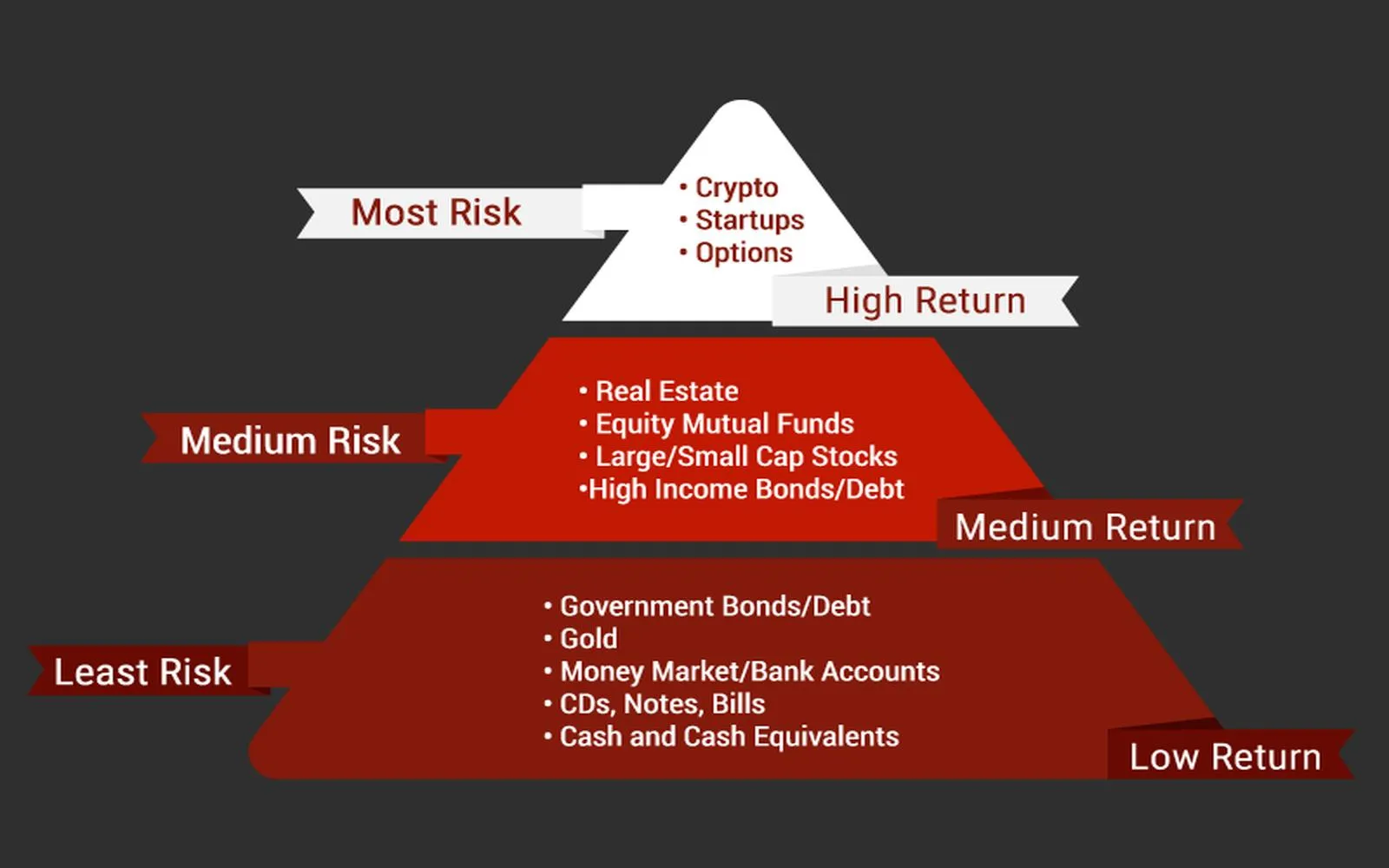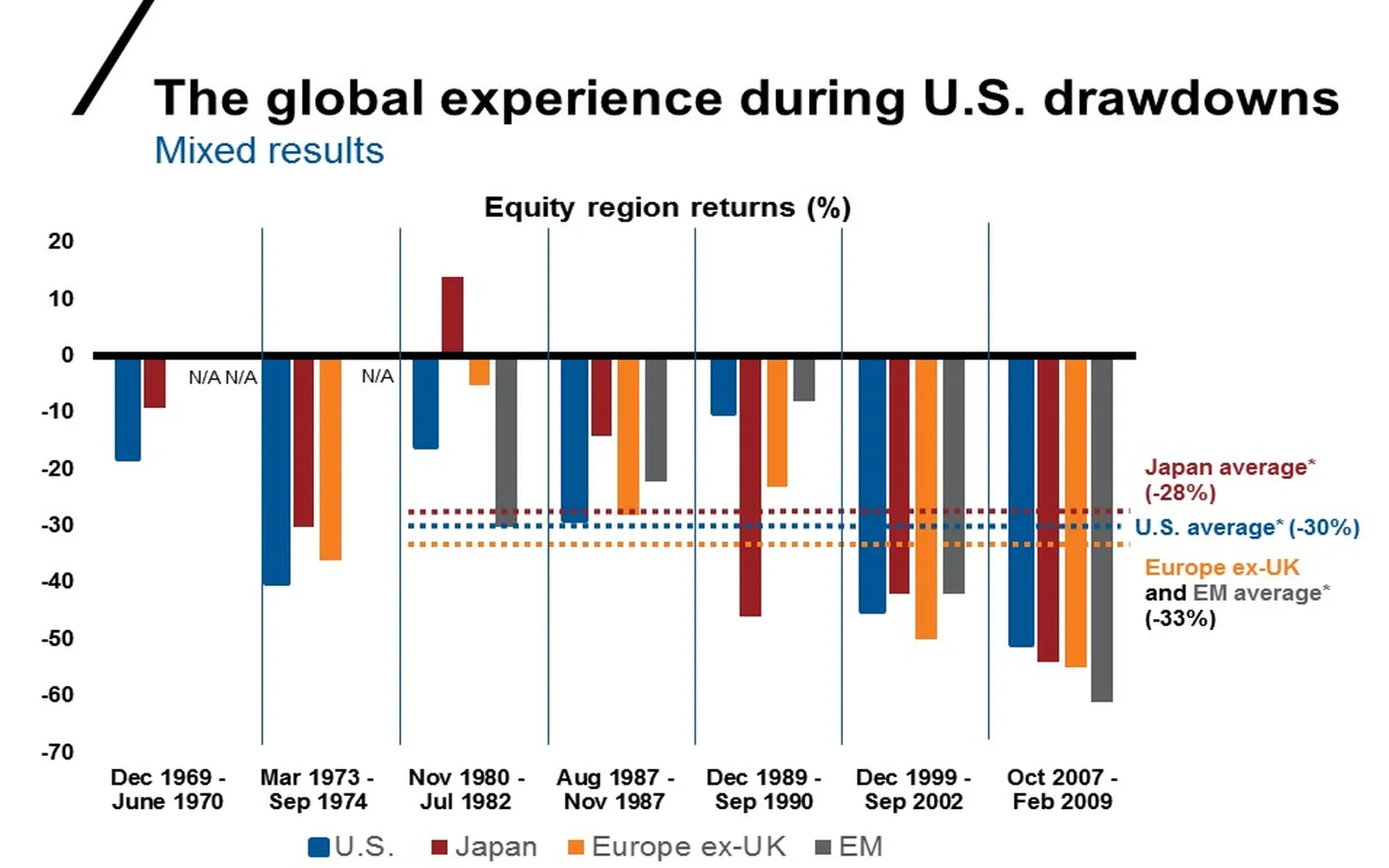The landscape of investment services has undergone a significant transformation over the past decade, with robo-advisors leading the charge toward automated wealth management. As we look ahead to 2025, it's essential to explore how these digital platforms have evolved and the innovative investment strategies they are likely to adopt. This article delves into the future of automated wealth management, highlighting the key trends and technologies shaping the industry.
The Rise of Robo-Advisors
Since their inception, robo-advisors have democratized access to investment management, allowing individuals with varying financial backgrounds to benefit from tailored investment strategies. By utilizing algorithms and artificial intelligence, these platforms assess clients’ financial goals, risk tolerance, and investment horizons to create personalized portfolios. In 2025, we can expect robo-advisors to enhance their offerings, integrating more sophisticated technology to provide even better services.
Enhanced Personalization Through AI
One of the most significant advancements in automated wealth management will be the use of advanced artificial intelligence. By 2025, robo-advisors will leverage machine learning algorithms capable of analyzing vast amounts of data in real time. This will allow them to offer hyper-personalized investment strategies that consider not only an individual’s financial profile but also macroeconomic factors, market trends, and even social sentiment analysis. The result will be portfolios that are dynamically adjusted to maximize returns while minimizing risk.
Integration of ESG Factors
Environmental, Social, and Governance (ESG) investing has gained prominence in recent years, and by 2025, robo-advisors are expected to have fully integrated ESG criteria into their investment strategies. Clients will have the option to align their portfolios with their values, investing in companies that prioritize sustainability and ethical practices. This shift will cater to a growing demographic of socially conscious investors, making robo-advisors more appealing to millennials and Gen Z.
Multi-Asset Investment Strategies
As the investment landscape evolves, so too will the strategies employed by robo-advisors. By 2025, we anticipate a shift towards multi-asset investment strategies that encompass a diverse range of asset classes, including stocks, bonds, real estate, and cryptocurrencies. This diversification will not only help mitigate risk but also provide clients with a broader range of investment opportunities.
Enhanced User Experience and Accessibility
The user experience will undergo a dramatic transformation by 2025, thanks to advancements in technology and user interface design. Robo-advisors will focus on creating intuitive platforms that simplify the investment process, making it accessible to even the most novice investors. Features such as personalized dashboards, real-time performance tracking, and easy-to-understand analytics will empower users to make informed decisions about their investments.
Regulatory Developments and Compliance
As the popularity of robo-advisors continues to rise, regulatory scrutiny will also increase. By 2025, we can expect to see more stringent regulations governing automated wealth management services. Robo-advisors will need to ensure compliance with these regulations while maintaining a competitive edge. This may involve investing in compliance technology and infrastructure to safeguard client data and adhere to fiduciary standards.
The Role of Human Advisors
Despite the growing reliance on automation, the role of human advisors will not diminish entirely. Instead, we can expect a hybrid model to emerge, where human advisors work alongside robo-advisors to provide a comprehensive service. By 2025, clients may have the option to consult with human advisors for complex financial situations while relying on robo-advisors for day-to-day investment management. This synergy will enhance the overall client experience and ensure that individuals receive the best of both worlds.
Impact of Blockchain Technology
Blockchain technology is poised to revolutionize various sectors, including wealth management. In 2025, robo-advisors may start utilizing blockchain for secure transactions, transparent record-keeping, and improved efficiency in trade settlements. This will not only enhance the security of investments but also reduce operational costs, ultimately benefiting clients through lower fees and improved service delivery.
Conclusion: The Future of Automated Wealth Management
As we approach 2025, the evolution of robo-advisors and their investment strategies will reshape the future of automated wealth management. With advancements in artificial intelligence, a focus on ESG investing, and the integration of multi-asset strategies, these platforms will cater to a diverse range of investor needs. The continued collaboration between technology and human advisors will ensure that clients receive personalized, efficient, and effective investment management services. The future is bright for robo-advisors, and their role in empowering investors will only grow stronger in the years to come.









